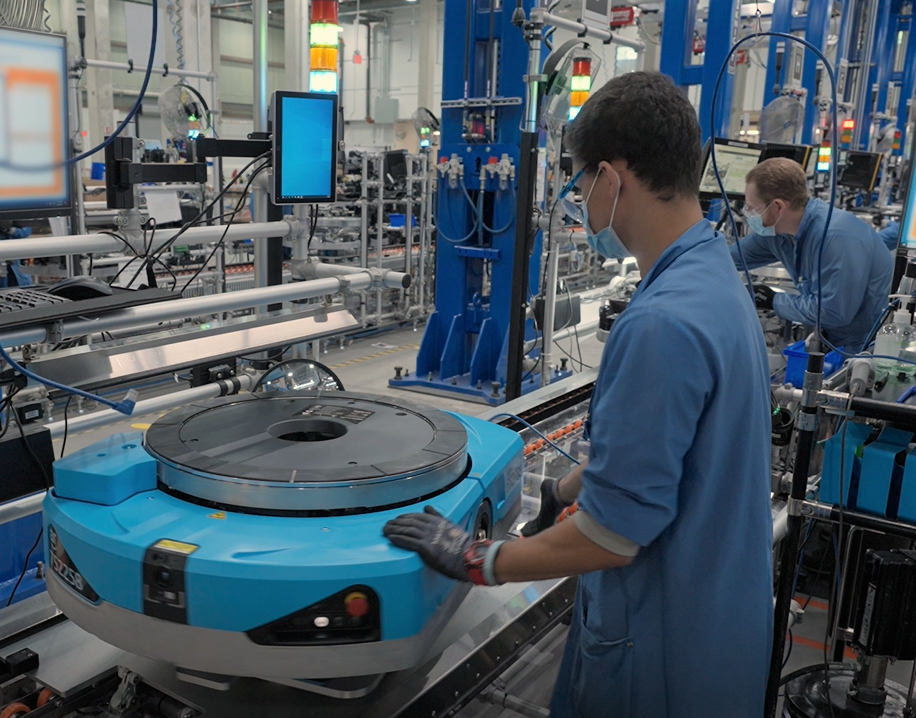Amazon’s expedient business model may bring a smile to consumers but behind the scenes, it leaves employees and warehouse staffers exhausted and burned out. As a result, Amazon’s turnover rates, though not publicly released, are rumored to be notoriously high. A 2020 report from the Seattle Times estimated that the company experienced a 38.1 percent turnover rate in the retail trade sector and a 33 percent turnover rate in the transportation and warehousing sectors. A recently leaked internal Amazon research memo obtained by Recode warned: “If we continue business as usual, Amazon will deplete the available labor supply in the US network by 2024.”
The company, which employs more than 1 million people nationwide, is seeking to delay the need to update its business model to be more employee-friendly by introducing temporary stopgaps such as higher wages and more warehouse automation. Currently, the average starting wage for new hires is $18 an hour and employees with prior warehouse experience can receive $20 an hour.
In terms of warehouse automation, Amazon has just released its first fully autonomous mobile warehouse robot named Proteus. According to the company, the Proteus robot, which is meant to move large carts throughout the warehouse, can safely navigate its way around people working in the warehouse. The device projects a green light in its path and stops moving if someone steps in front of it only to resume again when the person is no longer in its way.
In other news, Samsung has unleashed the ISOCELL HP3, which is the company’s newest 200-megapixel camera sensor. The new sensor features autofocus technology for every pixel and can capture 8K video at 30 frames per second and 4K video at 120 frames per second. It also offers 14-bit color depth, which allows it to create a whopping four trillion colors. Implementation of the sensor into Samsung’s smartphones is expected to begin in 2023.
WHAT WE’RE READING…
Swedish Firm to Test Self-Driving Freight Trucks in Tennessee
Retailers and Brand Bankruptcies May Rise in 2022
Blackmagic’s Second-Gen Pocket Cinema Camera 6K Has a Larger Battery















